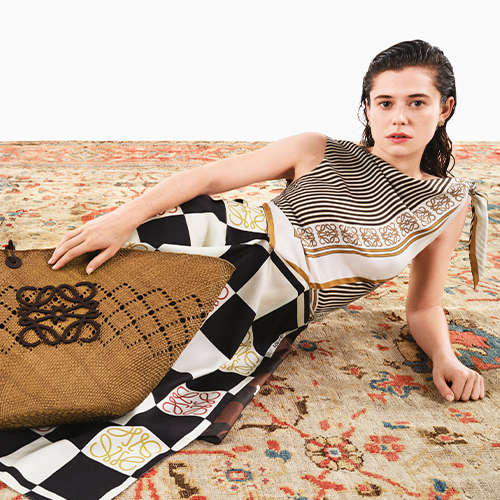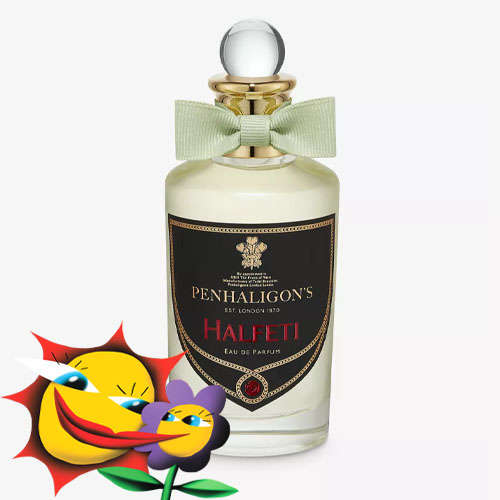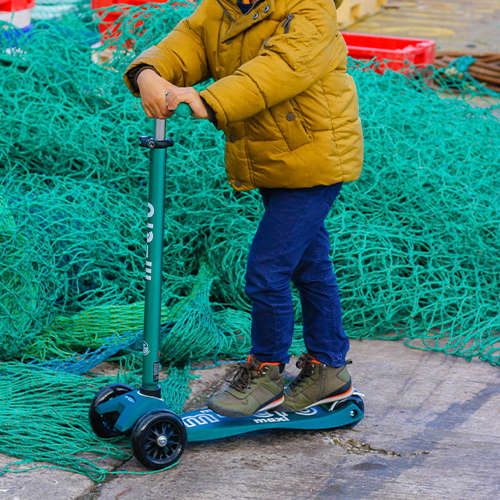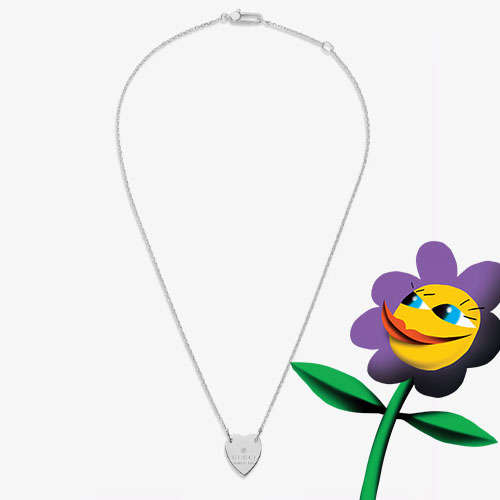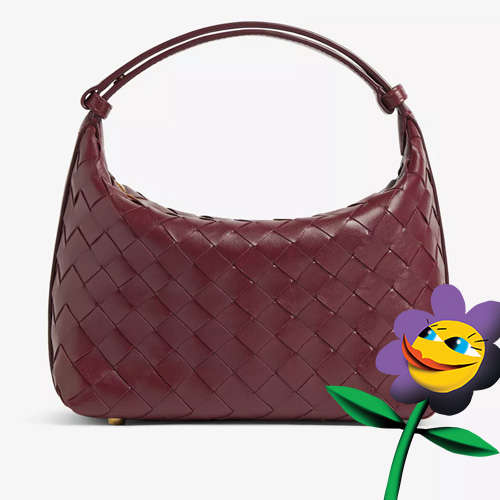- Australia / AUD $
- Canada / CAD $
- China / CNY ¥
- France / EUR €
- Germany / EUR €
- Hong Kong SAR China / HKD $
- Ireland / EUR €
- Italy / EUR €
- Japan / YEN ¥
- Kuwait / USD $
- Macao SAR China / HKD $
- Netherlands / EUR €
- Qatar / USD $
- Saudi Arabia / USD $
- Singapore / SGD $
- South Korea / KRW ₩
- Spain / EUR €
- Taiwan / TWD $
- United Arab Emirates / USD $
- United Kingdom / GBP £
- United States / USD $
- Not yours? Read more
Tell us what you think
Shop in your local currency and language
You are currently in Hong Kong HK / HKD $ store
- English
- English
- English
- English
- English
- English
- English
- English
- English
- English
- English
- English
- English
- English
- English
- English
- English
- English
- English
- English
- English
Did you know that we deliver to 130 countries or regions and offer a range of delivery options to suit you wherever you are in the world? Find out more
Sign up once to our Selfridges+ service and you can enjoy unlimited deliveries wherever you are in the world. FIND OUT MORE
International delivery
With almost everything on selfridges.com available for International Delivery, you can send your order to 130 countries or regions around the world, including North America, Australia, the Middle East and China.
Although we only offer 20 currencies to browse in online, you can still deliver to all of the following countries or regions:
- Algeria
- Andorra
- Antigua and Barbuda
- Aruba
- Australia
- Austria
- Azerbaijan
- Bahrain
- Bangladesh
- Barbados
- Belarus
- Belgium
- Belize
- Bermuda
- Bolivia
- Botswana
- Brunei
- Bulgaria
- Cambodia
- Canada
- Cayman Islands
- Chile
- China
- Colombia
- Costa Rica
- Croatia
- Cyprus
- Czech Republic
- Denmark
- Dominica
- Dominican Republic
- Ecuador
- Egypt
- El Salvador
- Estonia
- Finland
- France
- French Guiana
- Germany
- Gibraltar
- Greece
- Grenada
- Guadeloupe
- Guatemala
- Guernsey
- Guyana
- Honduras
- Hong Kong
- Hungary
- Iceland
- India
- Indonesia
- Ireland
- Israel
- Italy
- Jamaica
- Japan
- Jersey
- Jordan
- Kazakhstan
- Kenya
- Kuwait
- Laos
- Latvia
- Lebanon
- Lesotho
- Liechtenstein
- Lithuania
- Luxembourg
- Macau
- Malaysia
- Maldives
- Malta
- Martinique
- Mayotte
- Mexico
- Monaco
- Montserrat
- Morocco
- Myanmar
- Namibia
- Netherlands
- New Zealand
- Nicaragua
- Nigeria
- Norway
- Oman
- Pakistan
- Panama
- Paraguay
- Peru
- Philippines
- Poland
- Portugal
- Puerto Rico
- Qatar
- Reunion
- Romania
- Rwanda
- Saint Kitts and Nevis
- Saint Lucia
- Saint Martin (French part)
- San Marino
- Saudi Arabia
- Serbia
- Singapore
- Slovakia
- Slovenia
- South Africa
- South Korea
- Spain
- Sri Lanka
- Suriname
- Swaziland
- Sweden
- Switzerland
- Taiwan
- Tanzania
- Thailand
- Trinidad and Tobago
- Turkey
- Uganda
- Ukraine
- United Arab Emirates
- United Kingdom
- United States
- Uruguay
- Venezuela
- Vietnam
good for the trees
Discover how to save the forests with our expert-approved tips
Words: Chekii Harling Artwork: Adapt
Trees sit at the centre of our ecosystem. They are the lungs of our world, sucking harmful carbon dioxide out of the atmosphere and helping the natural regulation of greenhouse gases. Without enough of our leafy friends, carbon emissions will rise further, bumping up temperatures and causing biodiversity to decline. While world forest cover stands at around 30% of total land, the UK is one of the least-wooded countries in Europe. With all that in mind, how can we come together to both protect and develop the woodlands that look after our planet? How can the way we shop help preserve our woodlands? And what lifestyle changes and actions can we take?
For Project Earth, we’ve partnered with leading conservation charity the Woodland Trust. As the voice of the UK’s woods and trees, the trust has planted over 47 million trees around the country since 1972, with an aim to plant one tree per member of the population by 2025. To help them on their mission, we are planting a tree for every Forest Friendly fashion product purchased in-store and online (more on that below), and you can donate to dedicate a tree – or a whole acre of woodland – at Selfridges till points across our stores, to be planted on your behalf by the charity.
Here we explore the story behind our Forest Friendly edit of products, share expert tips and insights on how to protect our forests from the Woodland Trust’s Corporate Partnerships Builder, Avena Davis, and discover how artistic climate activists Adapt (who have created the graphics you see here) are helping to drive positive change.
What can I do to help save our forests?
Read our top tips brought to life by Adapt

PURCHASE PALM OIL FREE PRODUCTS
And discover sustainable certified options
It’s true: palm oil is everywhere, from pizza to shampoo and lipstick. The World Wide Fund for Nature (WWF) estimates that nearly 50% of packaged products found in UK supermarkets contain the ingredient, which is extracted from the fruit and seeds of the oil palm. So why is palm oil bad? Forests in Malaysia and Indonesia – where 85% of the world’s palm oil is produced – are being cleared to make room for the crop, which has become a prolific commodity in these developing countries as a result of our consumption. This means that some of the world’s most diverse forests – home to orangutans, elephants and rhinos – are being destroyed, while the exploitation of workers and children continues to thrive. So, what’s the solution? As part of our Forest Friendly edit, you can discover a wide range of palm oil-free products, and those made using palm oil from certified sustainable sources – from beauty essentials to our delicious Selfridges Selection food range, which is totally palm oil-free. Read the Selfridges commitment statement on palm oil here.
The best palm oil free beauty buys
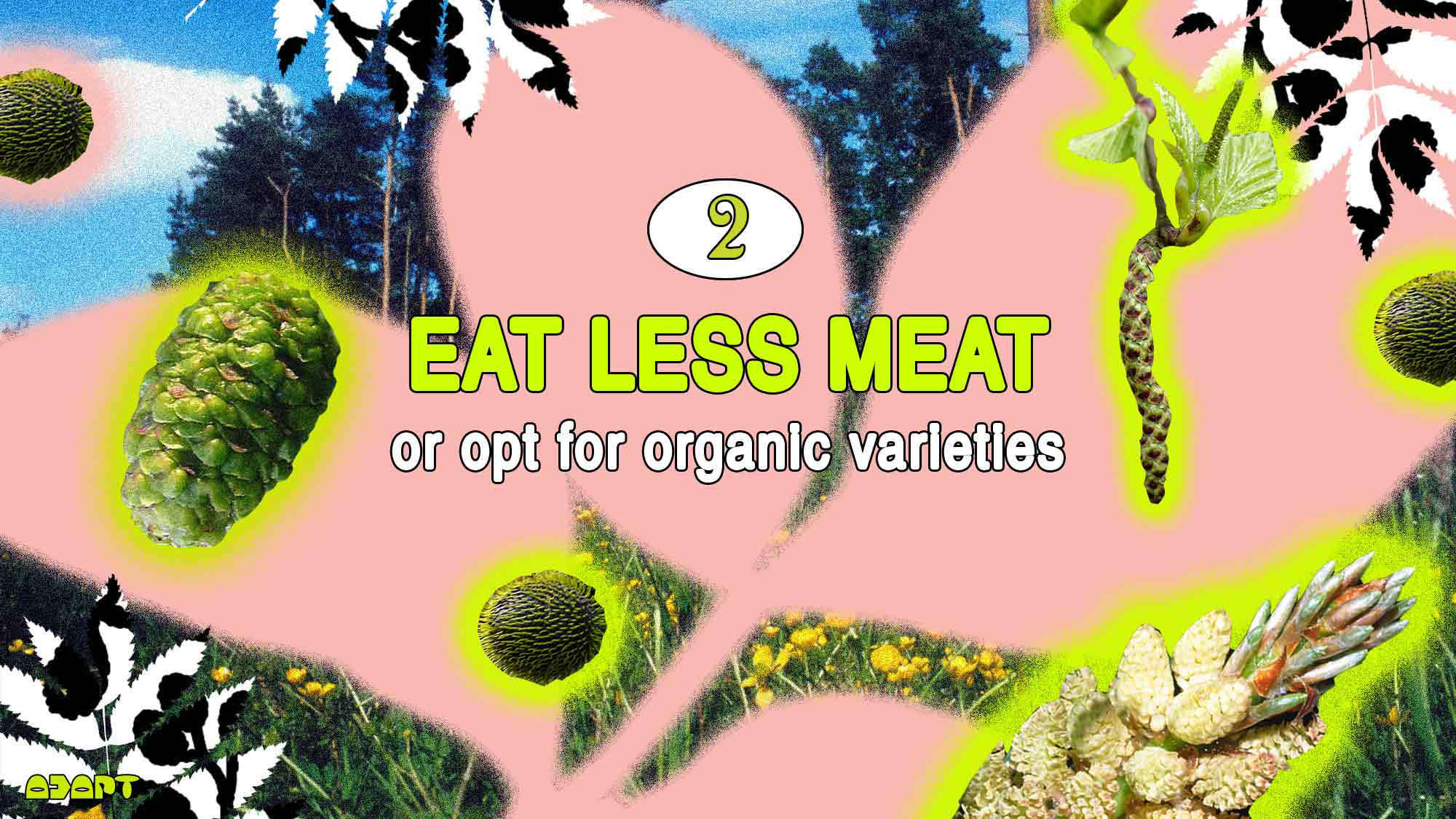
EAT LESS MEAT
Or opt for organic varieties
What on earth does eating less meat have to do with saving our forests? According to the WWF, global demand for meat is the top driver of tropical deforestation – more harmful than the three next biggest drivers (the production of soy, palm oil and wood products) combined. Forests are being cleared at an alarming rate to provide space for cattle. On top of this, cattle exhale tonnes of methane – a greenhouse gas that, according to National Geographic, is 28 times more potent in warming the planet than CO2. In 2009, Paul, Mary and Stella McCartney launched ‘Meat Free Monday’, a non-profit initiative to raise awareness of the negative environmental impact animal agriculture and industrial fishing have on our world. While not everyone may want to go totally vegan, we can all do our bit to slow climate change by eating at least one plant-based meal a week. Where to start? Read our commitment statement on meat here.
Trees are crucial for the survival of humans and the natural environment. They help us to breathe, improve air quality and promote health and wellbeing.
– Avena Davis, Woodland Trust’s Corporate Partnerships Builder
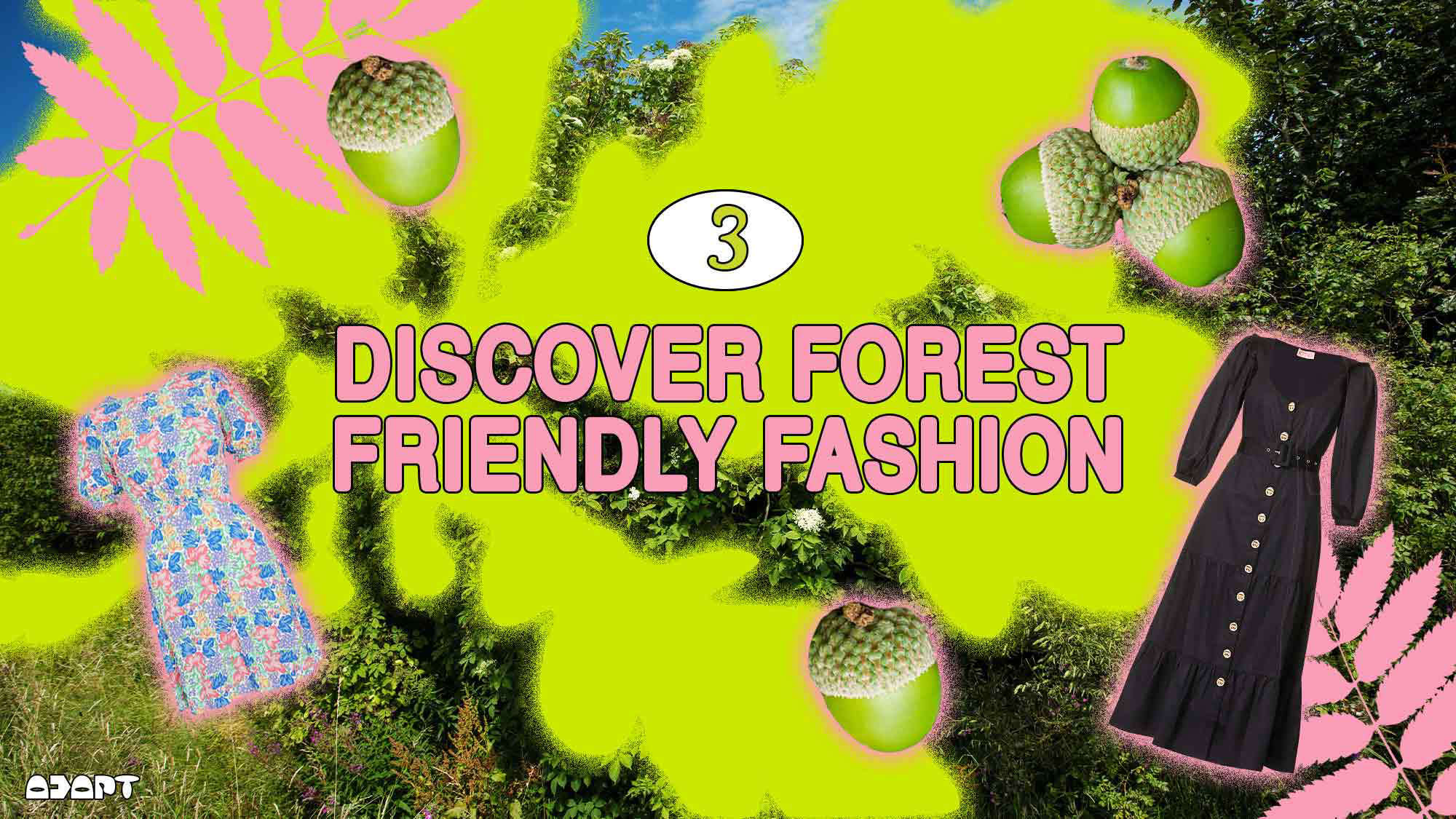
DISCOVER FOREST FRIENDLY FASHION
Canadian NGO Canopy estimates that every year, more than 150 million trees are felled to create fibres that are turned into common fabrics such as viscose, rayon, and modal. Most of us will have a piece of clothing in our wardrobe that lived its first life as a tree.
By 2025, Selfridges has pledged that all products containing forest-based fibres will come from certified or recycled sources harvested from responsibly managed forests. While we’re working towards this goal, why not discover our Forest Friendly fashion edit? Look to Faithfull the Brand for floral dresses and Derek Rose for loungewear and nightwear. Struggling to find underwear that doesn’t cost the earth? Stripe and Stare makes its lightweight briefs with modal sourced from TENCEL™, the company whose certified cellulose fibres are regarded as top in the sustainability sphere. Read the Selfridges commitment on forest fibres here.
Fashion made from sustainably sourced forest fibres
For every fashion product purchased from our Forest Friendly edit, Selfridges will plant a tree on your behalf via the Woodland Trust.
Trees help to prevent flooding, pollution and soil erosion while being home to much of the UK’s wildlife, and are our biggest weapon in the fight against climate change.
– Avena Davis, Woodland Trust’s Corporate Partnerships Builder

BUY A TREE
To be planted by the Woodland Trust
Ever been unsure what to purchase while browsing in-store? Us too. Adding a tree to your bag at our Selfridges till points (albeit figuratively) is a great way to give back to the planet. Don’t worry, you won’t need to lug it home: your tree will be planted on your behalf by the Woodland Trust at one of the many forests they manage across the UK. “Climate change is a huge and complex issue, and, as individuals, we can feel helpless. But there is something we can do, and that’s planting trees,” says Avena Davis, Corporate Partnerships Builder at the Woodland Trust.
Feeling green-fingered and fancy a spot of gardening yourself? The Woodland Trust also stocks a range of trees, including Bay Willows and Crab Apples, which can be delivered for you to plant at home. Schools and community groups can apply for a spring tree pack, helping the little ones to preserve the planet for generations to come. You can also dedicate a tree to be planted at one of over 60 destinations across the country in commemoration of a loved one or to celebrate special occasions.
To find out more visit: shop.woodlandtrust.org.uk

DONATE TO LOCK UP CARBON
With the Woodland Trust
Our friends at the Woodland Trust have made it their mission to look after and protect woodland in order to lock up carbon from the atmosphere in trees, shrubs and soils over 1,000 of their woodlands across the UK. While in the past CO2 has contributed to regulating the Earth’s climate, recent rises in its levels now pose a major threat to every living creature on our planet (including us). By making a donation of your choice to the Woodland Trust’s carbon scheme, you can help to capture this carbon and combat climate change while improving air quality. Every £100 donated enables the Trust to care for enough woodland to capture and store around four tonnes of carbon. With a sizable percentage of our personal carbon footprint coming from the energy we use in our homes, many patrons choose to donate to help to mitigate the equivalent quantity by locking up carbon with the Woodland Trust, which helps towards their home carbon neutrality.
For more information on locking up carbon visit:
woodlandtrust.org.uk/support-us/give/personal-carbon
Palm oil free sweet treats
Since 1972, we’ve been working to restore our precious woodlands for the benefit of people and the planet by focusing on three main areas of work – to create, protect and restore
– Avena Davis, Woodland Trust’s Corporate Partnerships Builder
SELFRIDGES MEETS: Adapt
Since 2018, Josie and Rich, partners in life and work, have been raising awareness of the climate crisis through their graphic work that’s full of colour and energy. After illustrating our top tips, the pair spoke to us about their creative process and how they came up with the idea for their platform…
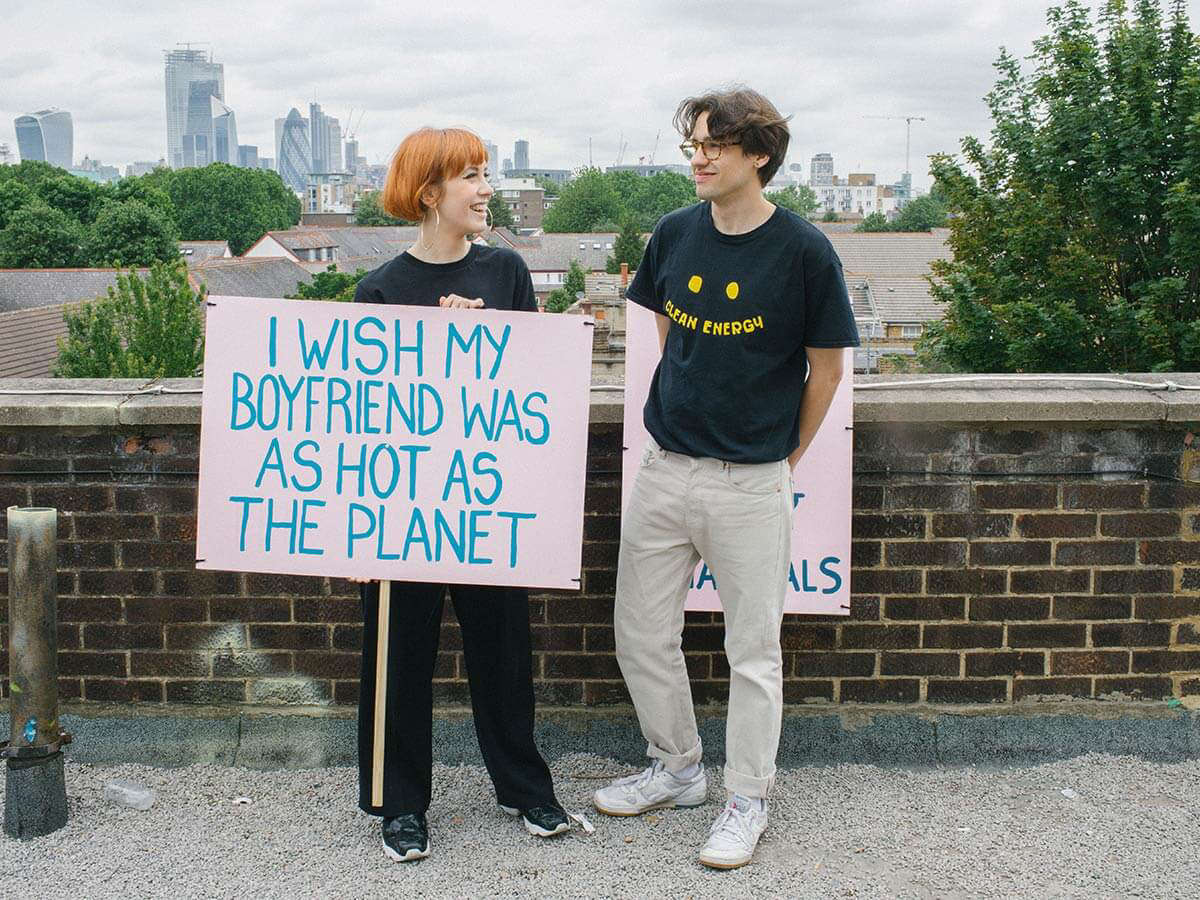
How did you two meet and what inspired you to launch Adapt?
J: Rich and I met on holiday with friends and have been together ever since! Rich went from suitor to business partner in 0–60 as we both became increasingly frustrated with how little the climate crisis was being communicated to the public and how secret it felt.
How would you describe your work and what are your individual artistic roles?
R: We call ourselves a ‘climate club’ because that’s the simplest way to describe what we do! We use design, art and IRL experiences (at least, before COVID-19!) to communicate climate issues in the most engaging, accessible and motivating way possible. We collaborate with other artists and organisations to bring as many people into the climate conversation as we can. Josie and I generally share all of our tasks; words and puns are Josie’s realm, but I have a few dad jokes up my sleeve, too!
When and why did it become important to you to raise awareness of the climate crisis?
J: It became very important [globally] around 50 years ago, but we felt an urgency to communicate climate issues ourselves a few years ago [because of the] minimal coverage in the mainstream media despite increasingly urgent developments and scientific studies emerging. Right now, we have an immediate deadline, and the scale of government inaction is very exposed. We think it’s unacceptable that the public isn’t being fully educated on the reality of the climate crisis – so much information doesn’t makes it out of scientific studies. The climate crisis is a threat to humanity and all life on Earth – we think that the only way we can limit the effects would be if everyone was educated on the subject and held higher powers to account.
Which of our top 5 tips on how to be more forest-friendly do you relate to the most and why?
R: We relate to buying a tree for the Woodland Trust to plant! We see so many messages for people to plant a tree...but the reality is that, if you live in urban areas or don’t have your own back garden, it’s virtually impossible to do yourself. We love the idea of paying a bit of money for an expert to do it for you!
What’s next for Adapt?
J: We have a very exciting new project in the pipeline to be announced at the beginning of November. We’ll be raising funds for a very special climate organisation, but we can’t elaborate on that just yet. We are also currently working on bringing some incredible climate researchers and artists together to provide a platform for more great voices.

